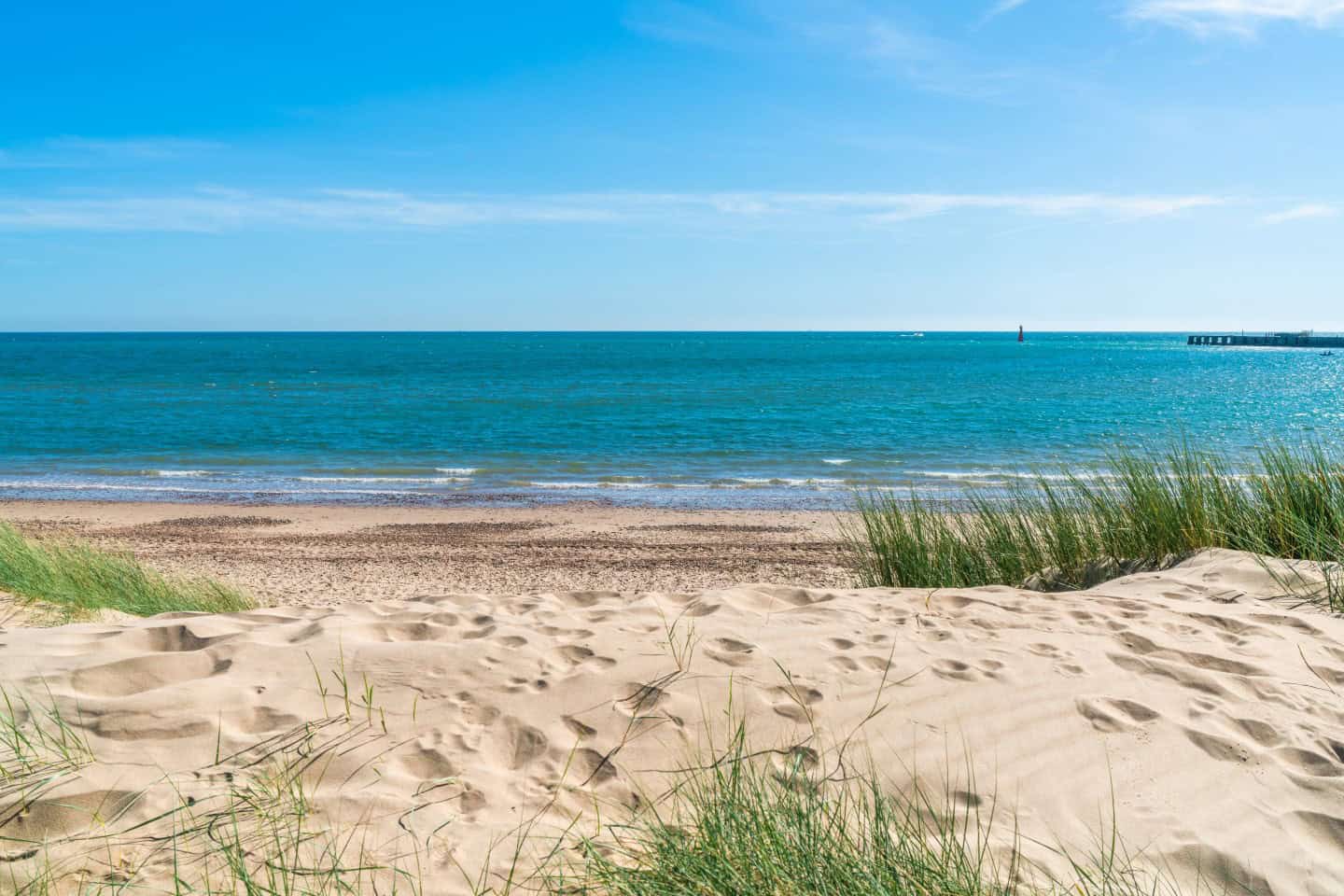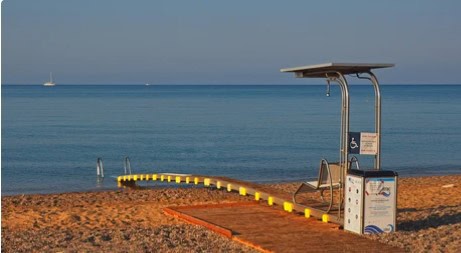
SEATRAC and the path to making summer accessible
When I think of summer, I think of barbecues, sun and, of course, going to the beach. The unfortunate reality for many wheelchair users is that the beach, far from being a summer haven, serves as yet another accessibility obstacle.
Admittedly, accessibility at the beach has not previously occurred to me. You often hear of the common battlegrounds for accessibility rights such as the workplace, public toilets or transportation, but very little discourse surrounding leisure activities. In fact, it was not until I attended the Spinal Injury Association’s Rebuilding Lives Festival and listened to Jonathan Goodwin’s keynote speech, where he recalled his first time visiting the beach post-injury, that I truly considered the issue.
We should be doing everything in our power to ensure equal accessibility to these uniquely human experiences. This is why I was so interested to read about the SEATRAC system.
The SEATRAC system is a fixed track mechanism involving a remote-control operated chair that leads into the sea. Users can be lowered into the water with a chair along a movable track. From there, a handrail allows users to exit from the chair and swim in the water.
Greece is currently utilising the SEATRAC system to make a total of 287 Greek beaches wheelchair accessible.

SEATRAC is a step in the right direction in ensuring that beaches are made accessible for wheelchair users. I am hopeful that other popular tourist destinations will follow in Greece’s footsteps.
For many, going to the beach is an inseparable part of the summer experience and there is no reason why in 2023 wheelchair users should not have access to that experience.









